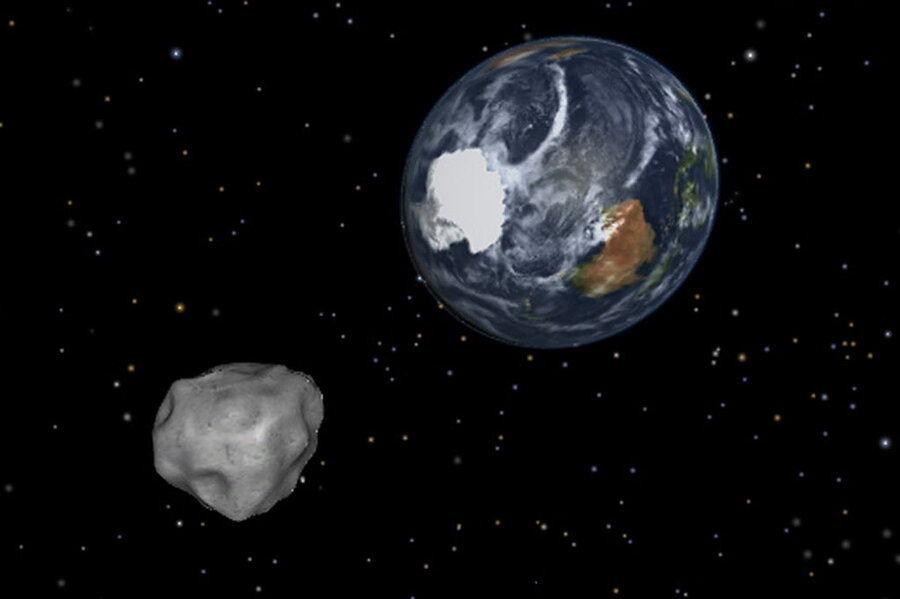NASA wants your help lassoing an asteroid
NASA wants our help snagging an asteroid.
On Tuesday, NASA announced an Asteroid Grand Challenge that solicits the public’s help in proposing asteroid-wrangling strategies for the agency’s Asteroid Initiative.
"NASA already is working to find asteroids that might be a threat to our planet, and while we have found 95 percent of the large asteroids near the Earth's orbit, we need to find all those that might be a threat to Earth," said NASA Deputy Administrator Lori Garver, in a press release. "This Grand Challenge is focused on detecting and characterizing asteroids and learning how to deal with potential threats. We will also harness public engagement, open innovation and citizen science to help solve this global problem."
NASA’s Asteroid Initiative includes the capture and redirection of a 500-ton near-Earth asteroid into a stable orbit as well as missions to send astronauts to asteroids. According to the initiative’s current timeline, NASA will assess asteroid candidates until 2016, launch a mission to the asteroid in 2017, capture the asteroid in 2019, and send it into trans-lunar orbit in 2021. Throughout that timeline, NASA will test the unmanned Orion spacecraft, in hopes of sending a manned mission aboard the craft in 2021.
That timeline is ahead of the president’s goal to send humans to an asteroid by 2025 and a manned mission to Mars by the 2030s. Efforts to develop the technology to deflect asteroids have become particularly meaningful since a meteor plunged to the earth near the Russian city of Chelyabinsk in February, killing no one but reminding us of our vulnerability here on Earth.
The space agency’s outline for how it will capture an asteroid is still vague – and that’s why it wants the public’s help.
The Asteroid Grand Challenge is an effort to develop collaborations with government agencies, international partners, industry, and academia, as well as citizen scientists. At the same time, NASA has also put out a Request for Information, which will be open for 30 days for the agency’s potential partners to submit their asteroid-grabbing ideas.
NASA is asking $17.7 billion from the president for the fiscal year 2014, $105 million of which would go to the Asteroid Initiative.
This is not the only Grand Challenge from the space agency. NASA has also requested the public's help on open questions like space colonization, economic space travel, and telepresence in space.
Asteroids champ John McAllister, are you up for NASA's challenge?






